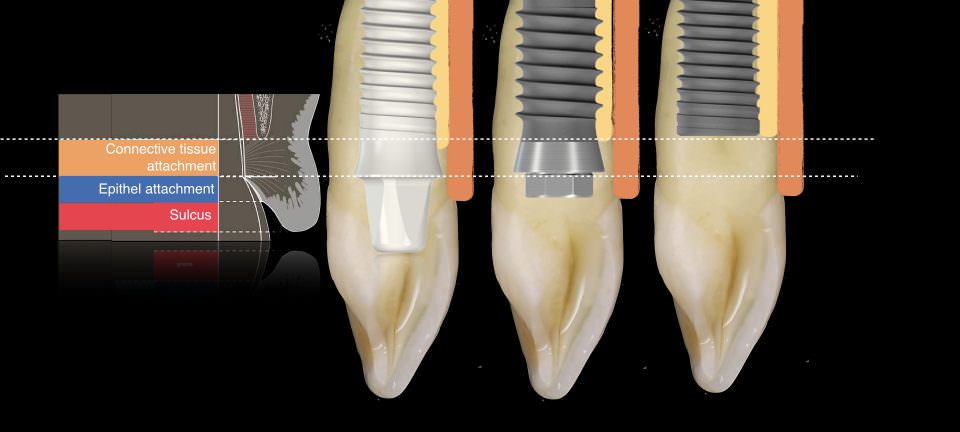
Author(s):
Edelhoff, D. , Schweiger, J., Prandtner, O., Stimmelmayr, M., Güth, J.-F.
Publication Date:
2019-03
DownloadQuintessence Int. 2019;50(3):176-184. doi: 10.3290/j.qi.a41906.
Metal-free materials offer an alternative to metal-based restorations while ensuring high levels of biocompatibility and esthetics. Rapidly evolving CAD/CAM technology has significantly expanded the range of materials available. In addition, digital methods offer previously unavailable options in diagnostics and greater planning reliability. There is also a better material quality through standardization of the manufacturing process, and reproducibility available. This significant benefits can be used to advantage, especially in oral implantology.
Even though technological progress in the field of metal-free materials has given rise to considerable improvements in their mechanical properties over the decades, their clinical longterm success is still very much dependent on an appropriate indication and proper material selection. For instance, on the knowledge and skills of the dental practitioner and dental technician, and on an adequate occlusion concept. The high rate of innovation – both with regard to the materials themselves and to CAD/CAM technology.
Therefore, it requires an adequate level of prior knowledge to sensibly and successfully implement the wide range of possibilities now open. This review article provides an up-to-date overview of the possibilities and limitations of metal-free implant-supported single-tooth restorations. The first part discusses abutments and cemented crowns.
Key words: abutments, CAD/CAM, hybrid abutments, implant prosthetics, implant-supported crowns, lithium disilicate, lithium silicate, monolithic restorations, polymers, titanium adhesive bases, zirconia, zirconium oxide.